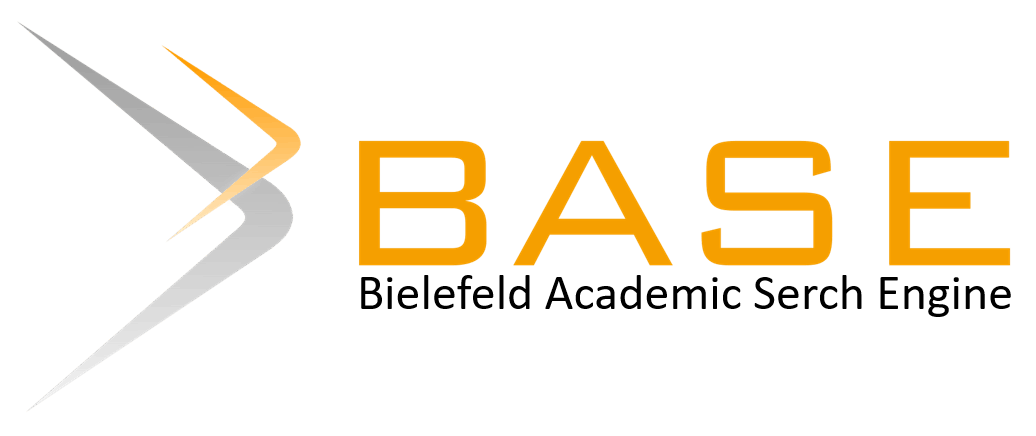Analisis kemampuan klasifikasi mahasiswa pendidikan biologi pada pembelajaran biosistematik hewan
Abstract
Keywords
Full Text:
PDFReferences
Bizzo, N., Monteiro, P. H. N., Lucas, M. B., & Bianco, A. A. G. (2012). Corrected Science Textbooks and Snakebite Casualties in Brazil: 1993-2007. Science Education International, 23(3), 286-298.
Cinici, A. (2013). Turkish high school students’ ideas about invertebrates: General characteristics and classification. International Journal of Environmental & Science Education, 8, 645-661
Creswell, J.W. (2010). Educational Research: Planning, Conducting, and Evaluting Quantitative and Qualitative Research. Upper Saddle River, New Jersey: Merril.
Chyleńska, Z. A, & Rybska E. (2018). Understanding Students Ideas about Animal Classification. EURASIA Journal of Mathematics, Science and Technology Education, 14(6), 2145-2155
Gericke, N. (2009). Science versus School-science: Multiple models in genetics-The depiction of gene function in upper secondary textbooks and its influence on students’ understanding (Doctoral dissertation), Karlstads universitet, Sweden. http://dx.doi.org/10.5617/nordina.327
Keogh, J.S. (1995). The importance of systematics in understanding the biodiversity crisis: The role of biological educators. Journal of Biological Education, 29(4), 293-299.
Lin, C.-Y., & Hu, R. (2003). Students’ understanding of energy flow and matter recycling in the context of the food chain, photosynthesis and respiration. International Journal of Science Education, 25(12), 1529-1544.
Randler, C. (2008). Teaching species identification– A prerequisite for learning biodiversity and understanding ecology. EURASIA Journal of Mathematics, Science & Technology Education, 4(3), 223-231.
Ruiz-Mallen, I., Barraza, L., Bodenhorn, B., & Reyes-García, V. (2009). Evaluating the impact of an environmental education program: An empirical study in Mexico. Environmental Education Research, 15(3), 371-387.
Sajkowska, Z. A., & Rybska, E. (2014). Does amphibians and reptiles are the same family? Herpetology in Polish textbooks. Edukacja Biologiczna i Środowiskowa, (s1), 92-98.
Trowbridge, J. E., & Mintzes, J. J. (1988). Alternative conceptions in animal classification: A cross-age study. Journal of Research in Science Teaching, 25(7), 547-571.
Yen, C-F., Yao, T-W., & Mintzes, J. J. (2007). Taiwanese students' alternative conceptions of animal biodiversity. International Journal of Science Education, 29(4), 535–553.
DOI: https://doi.org/10.17509/aijbe.v4i1.34821
Refbacks
- There are currently no refbacks.
 AIJBE is under Creative Commons Attribution-ShareAlike 4.0 International License
AIJBE is under Creative Commons Attribution-ShareAlike 4.0 International License









